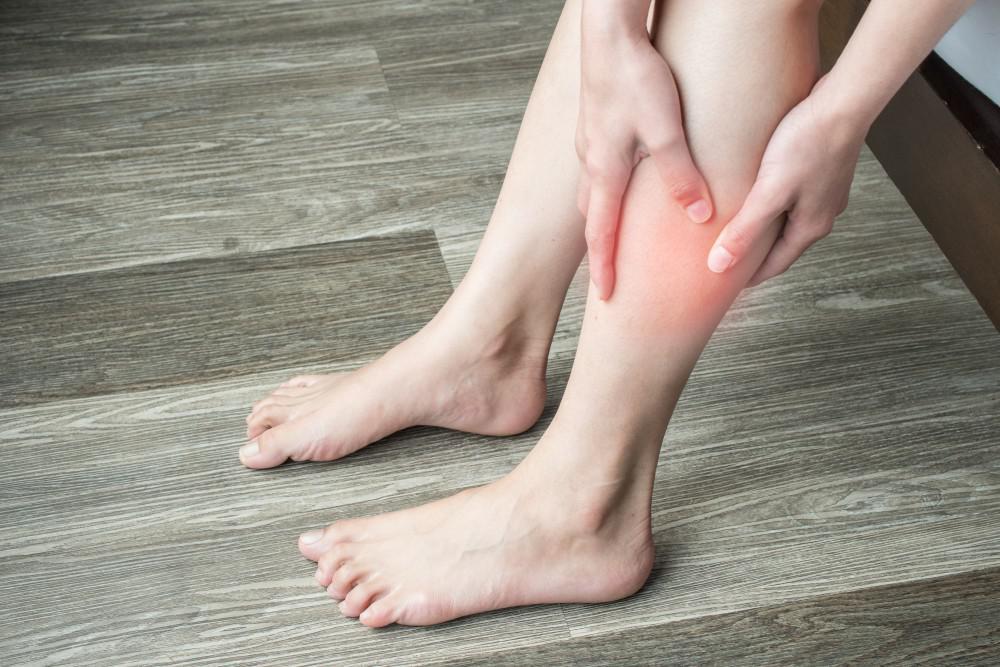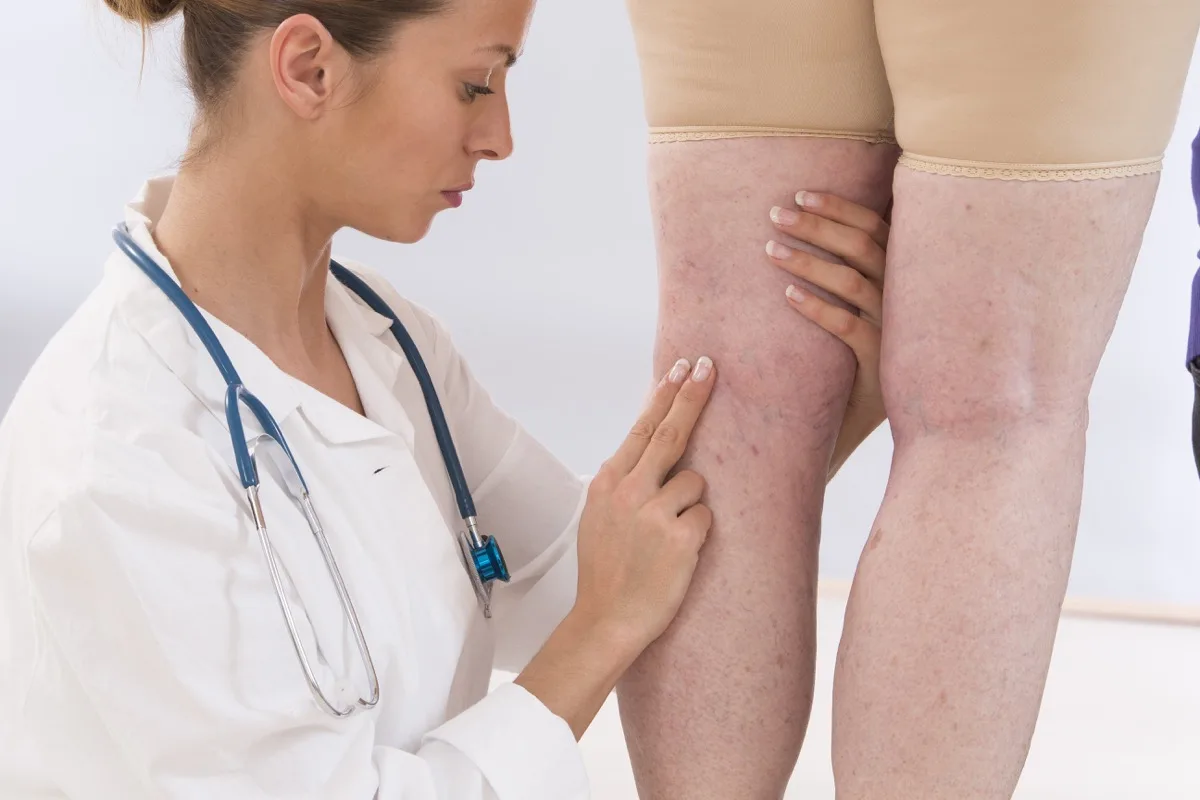Blood clots in the legs, also known as deep vein thrombosis (DVT), are a serious medical condition that can lead to serious health complications if not treated properly. DVT is a condition in which a blood clot forms in one of the deep veins of the body, usually in the legs. These clots can be dangerous because they can travel to the lungs and cause a potentially fatal condition known as a pulmonary embolism. It is important to be aware of the symptoms of early stage blood clot in the leg and to seek medical treatment as soon as possible to prevent serious complications.
Symptoms of Early Stage Blood Clot in the Leg
The symptoms of early stage blood clot in the leg can be subtle and may not be immediately noticeable. Some of the most common symptoms include:
Pain or tenderness in the leg: This can be felt anywhere in the leg, but is most commonly felt in the calf or thigh. The pain may be mild or severe and may be accompanied by swelling or warmth in the affected area.
Redness or discoloration of the skin: The skin in the affected area may appear red or discolored and may be warm to the touch.
Swelling in the leg: The affected leg may be swollen, particularly in the calf or thigh. This swelling can be accompanied by pain or tenderness.
Cramping or muscle spasms: Some people may experience cramping or muscle spasms in the affected leg, which can be uncomfortable or even painful.
Fatigue or weakness: Some people may feel tired or weak in the affected leg, which can make it difficult to walk or stand.
These symptoms can vary in severity and may not always be present in every case of DVT. It is important to seek medical attention if you suspect you may have a blood clot in your leg, even if your symptoms are mild.
Treatment for Early Stage Blood Clot in the Leg
The treatment for early stage blood clot in the leg depends on the severity of the condition and the individual’s overall health. Treatment options may include:
Blood thinners: Blood thinners, also known as anticoagulants, are medications that help to prevent the blood clot from getting bigger and help to prevent new clots from forming. These medications can be administered through a vein (intravenously) or in pill form.
Compression stockings: Compression stockings are designed to help improve blood flow in the legs by applying pressure to the affected area. These stockings can help to reduce swelling and improve comfort.
Physical therapy: Physical therapy can help to improve blood flow in the legs and can help to prevent blood clots from forming. Exercises may include walking, cycling, and stretching.
Surgery: In some cases, surgery may be necessary to remove the blood clot. This is usually done if the blood clot is causing serious complications or if other treatments have not been successful.
It is important to follow the treatment plan prescribed by your doctor and to make any necessary lifestyle changes to reduce your risk of developing blood clots in the future. This may include quitting smoking, maintaining a healthy weight, and managing any underlying health conditions that may increase your risk of DVT.

 Home
Home Health
Health Diet & Nutrition
Diet & Nutrition Living Well
Living Well More
More












